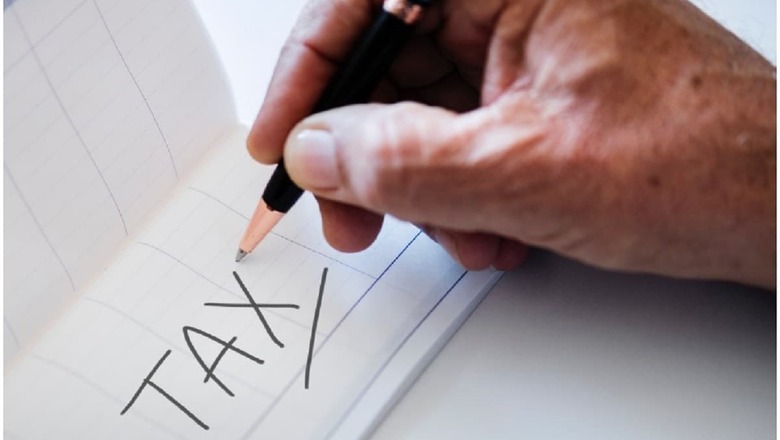
views
The process of Income Tax Return (ITR) is a tedious one and can even be more confusing for the first-timers. Having all the documents you need to file Income tax makes the process easier and simple. The Government of India provides a four-month window as a time period to prepare and arrange all the documents needed for the process.
ITR-1 and ITR-2, available on e-filing website, are used by salaried employees to file their tax return. The process varies depending on income earned that year and other salary sources like business profit, investment profit, salary etc.
Collecting and keeping all the documents ready will make the job easier. Know about all the documents you need in this article:
· Form16- It is the most important document for salaried employees as it is issued by employers to their employees. It contains details like salary paid to the employee and Tax Deducted at source (TDS).
Form16 contains two parts- Part A and Part b, Part A contains details of tax deducted by the employer , details of Permanent Account Number (PAN) and Tax Deduction Account Number (TAA) of the employee. Part b includes the salary break up information details like perquisites, exempt allowances, etc
· Form16/Form-16B/Form16C/Form16D- Form16A provides details of TDS deducted on payments other than salaries, like on interest received from recurring deposits, fixed deposits etc., according to the current tax laws. Form 16B is issued by the buyer if you have sold your property, and it shows the TDS deducted on the amount paid to you. Form 16 C is issued to landlords by tenants with details of TDS deducted on the rent paid. Form16D, a TDS certificate is issued to contractors or professionals if any payment made to them exceeds Rs 50 lakh and is made through individual or HUF.
· Form 26AS- It is an annual consolidated tax statement and includes details of all the Taxes deposited against your PAN during the financial year. It can be easily accessed thorough income tax website. It includes TDS deducted by employer, banks, any other organizations, taxes deposited by you and self assessment taxes paid by you.
· Tax Saving Investments- Any tax-saving investments and expenditure which you could not submit in the previous financial year can now be submitted directly to Income Tax department under section 80C, 80CCC,80CCD(1) to lower your tax liability. Tax breaks included are Life insurance premium paid, Public Provident Fund (PPF), Employees Provident Fund (EPF),mutual fund investment (ELSS), National Pension System (NPS), tuition fee receipt, home loan payment, education loan repayment etc.
· Capital gains- Capital gains can be earned on the purchase and Sale of immovable property and/or mutual funds, and need to be reported to ITR. It includes purchase/sale proof of all applicable capital assets, contract note/ Demat account statement for securities sale/purchase.
· Income receipts from other sources- There are other sources for interest investments apart from income like savings account deposits and fixed deposits from banks and post office. It also includes interest or TDS certificate for bank FD interest, bank account-bank passbook statements for interest gained from savings account, dividend warrant in case of dividend income, and rent agreement and TDS, if applicable.
Read all the Latest News, Breaking News and Coronavirus News here




















Comments
0 comment